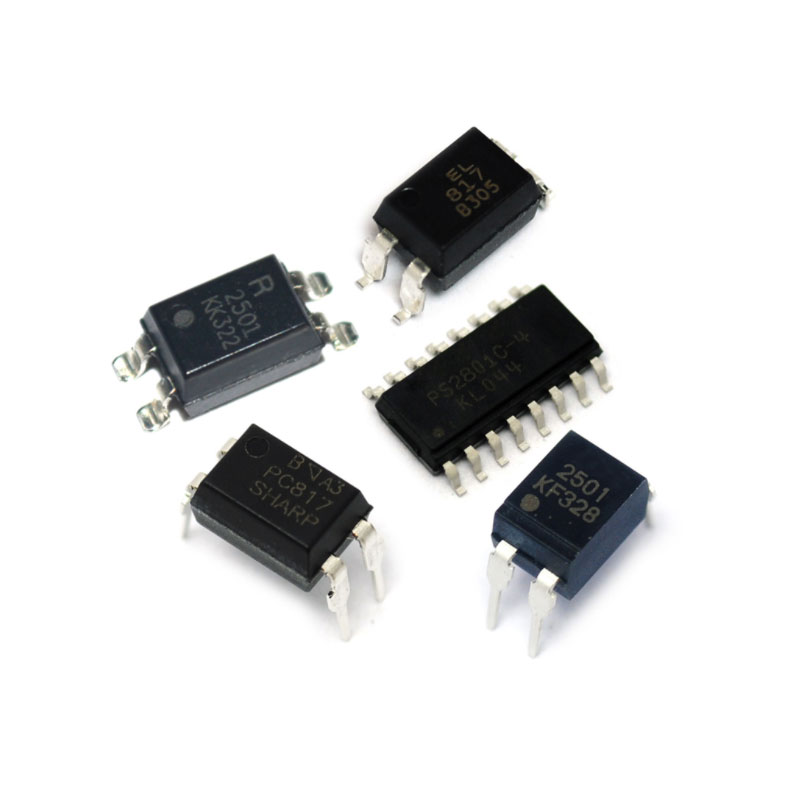
An operational amplifier (Op-Amp for short) is an electronic amplifier with the characteristics of high gain, high input impedance and low output impedance. It is widely used in analog circuits and signal processing fields. This article will explain in detail how op amps work.
Basic structure
An operational amplifier consists of a differential amplifier, a cascade amplifier and an output stage. It mainly includes input stage, differential amplifier stage, voltage amplifier stage and output stage.
1. Input stage
The input stage mainly includes two input terminals (non-inverting input terminal and inverting input terminal) and a common mode input terminal. Among them, the non-inverting input terminal and the inverting input terminal are differential inputs and are responsible for receiving input signals. The common-mode input terminal is responsible for processing common-mode signals, and its function is to provide suppression of common-mode interference.
Differential amplifier stage
The differential amplification stage consists of a differential amplifier, which is mainly responsible for differentially amplifying the input signal and generating a differential output. Differential amplifiers usually use two-transistor differential amplifier circuits or differential pair circuits.
The two-transistor differential amplifier circuit is composed of two transistors. By adjusting the working state of the transistors, different gain and bias conditions can be achieved. A differential pair circuit is a high-gain, high-input-impedance differential amplifier commonly used in operational amplifiers.
Voltage amplifier stage
The voltage amplification stage is mainly responsible for amplifying the differential output signal. Multi-stage common-emitter amplifiers or common-base amplifiers are generally used to provide high gain and low output impedance.
Output stage
The output stage is responsible for outputting the amplified signal through the output port and maintaining low output impedance. Transistors are generally used as output stages to achieve larger output power
Working principle
The working principle of an operational amplifier can be simply described as: the input signal is amplified through a differential amplifier to obtain a differential output, then further amplified through a voltage amplifier, and finally output by the output stage. The details can be divided into the following aspects.
1. Differential amplification operational amplifier
The input signal is differentially amplified through a differential amplifier. There is a differential pair circuit composed of two transistors (usually NPN type and PNP type) inside the differential amplifier. These two transistors are connected to the non-inverting input terminal and the inverting input terminal respectively. By adjusting the bias current and working state of the transistors, a differential output can be generated.
When the amplitude of the input signal is small, the transistor works in the small signal area and can linearly amplify the input signal. When the amplitude of the input signal is large, the transistor may operate in the saturation region or cut-off region, and the output signal will be distorted.
2. Voltage amplification differential amplifier
The output differential signal is further amplified by a voltage amplifier. Voltage amplifiers generally use multi-stage common-emitter amplifiers or common-base amplifiers to achieve high gain by cascading multiple amplification stages.
In a voltage amplifier, each amplification stage provides a certain gain, and the corresponding bias current is selected according to the design of the circuit. The output signal of the voltage amplifier will be larger than the output signal of the differential amplifier, usually reaching a gain of dozens or even hundreds of times.
3. Negative feedback operational amplifier
Utilize the principle of negative feedback to improve performance and stability. Negative feedback controls the gain of an amplifier by feeding part of the output signal back to the input
A common negative feedback method is to feed back the output signal of the operational amplifier to the non-inverting input terminal to form a "feedback loop". This stabilizes the gain of the op amp and reduces nonlinear distortion.
4. Input and output limiting operational amplifiers
It generally has input and output limiting functions to protect the circuit. Input limiting prevents the input signal from exceeding the operating range of the op amp and causing output distortion. Output limiting can prevent the output signal from exceeding the supply voltage range and avoid damage to the operational amplifier and external circuits.
Virtual short circuit op amp
There is very high open loop gain in the feedback loop so it can be treated as an ideal amplifier and the virtual short circuit assumption applies. The virtual short circuit hypothesis assumes that the input terminal of the operational amplifier has infinitely high input impedance and the output terminal has infinitely low output impedance. In this way, the circuit model of the operational amplifier can be simplified in theoretical analysis and calculation, making the analysis more convenient.
Summary
The operational amplifier is an important electronic amplifier with the characteristics of high gain, high input impedance and low output impedance. It consists of a differential amplifier, a cascade amplifier and an output stage. The working principle of an operational amplifier is to amplify and process input signals through processes such as differential amplification, voltage amplification, negative feedback, and input/output limiting. In practical applications, the virtual short-circuit assumption is often used to simplify the analysis and calculation of operational amplifiers. Operational amplifiers are widely used in analog circuit design, signal processing, filter design, sensor interfaces and other fields.
Eurotech is a worldwide supplier and exporter of electronic components, specializing in ICs, LCDs, Memory, Chips, computer parts, networking equipments and other passive components.
Tel: (86) 755 8395 9469
E-mail: info@eurotech-ic.com